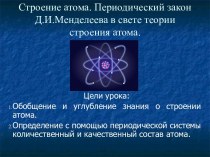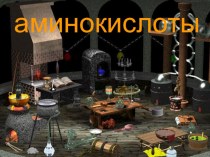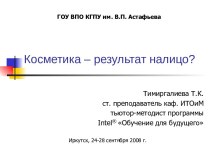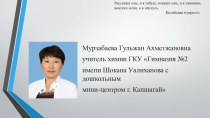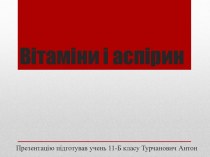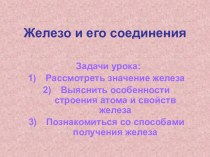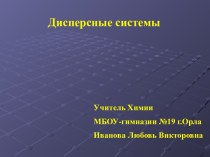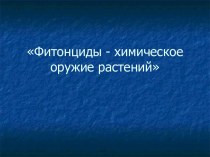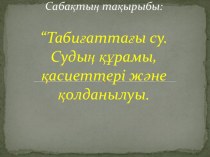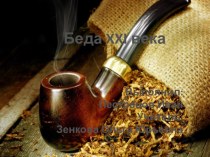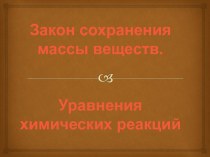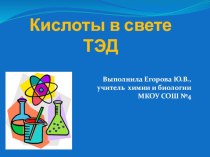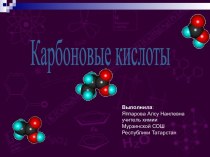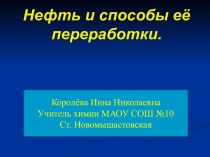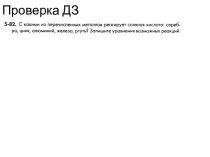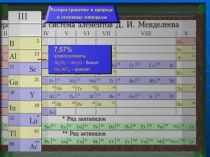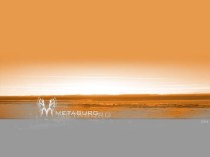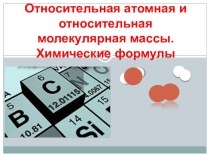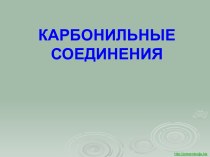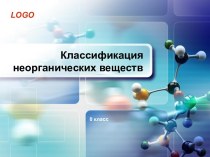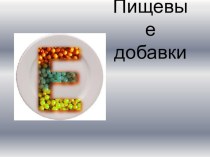- Главная
- Разное
- Бизнес и предпринимательство
- Образование
- Развлечения
- Государство
- Спорт
- Графика
- Культурология
- Еда и кулинария
- Лингвистика
- Религиоведение
- Черчение
- Физкультура
- ИЗО
- Психология
- Социология
- Английский язык
- Астрономия
- Алгебра
- Биология
- География
- Геометрия
- Детские презентации
- Информатика
- История
- Литература
- Маркетинг
- Математика
- Медицина
- Менеджмент
- Музыка
- МХК
- Немецкий язык
- ОБЖ
- Обществознание
- Окружающий мир
- Педагогика
- Русский язык
- Технология
- Физика
- Философия
- Химия
- Шаблоны, картинки для презентаций
- Экология
- Экономика
- Юриспруденция
Что такое findslide.org?
FindSlide.org - это сайт презентаций, докладов, шаблонов в формате PowerPoint.
Обратная связь
Email: Нажмите что бы посмотреть
Презентация на тему Carbohydrates (sugars)
Содержание
- 2. What are sugars?Regular sugar (the one commonly
- 3. GlucoseGlucose is a simple carbohydrate, or sugar.
- 4. FructoseFructose is a simple sugar (monosaccharide) found
- 5. LactoseLactose is a disaccharide that consists of
- 6. CelluloseCellulose is made from a form of
- 7. StarchStarch is a complex carbohydrate. It is
- 8. GlycogenIt is a polysaccharide that is the
- 9. Скачать презентацию
- 10. Похожие презентации
What are sugars?Regular sugar (the one commonly added to food) is called sucrose. Fructose is the sugar that is in fruits. As chemicals, sucrose and fructose are both made by two smaller sugars (they are disaccharides).
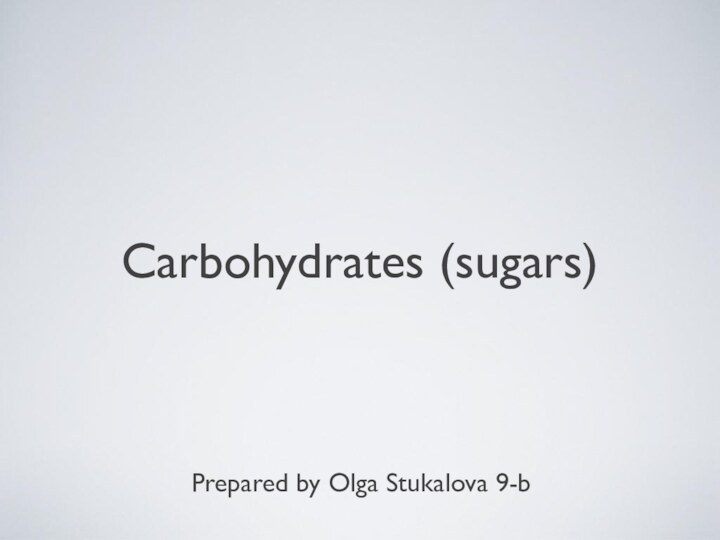








Слайд 3
Glucose
Glucose is a simple carbohydrate, or sugar. It
is one of several kinds of sugars. It is
important because cells in an organism use it as a source of energy. Turning glucose into energy is called cellular respiration, which is done inside the cells of a living organism.Glucose is made by plants in a process called photosynthesis. It can also be made by animals in their liver or kidneys.
People that do not have enough glucose have low blood sugar levels. This is a health condition called hypoglycemiaPeople that do not have enough glucose have low blood sugar levels. This is a health condition called hypoglycemia. People with too much glucose have hyperglycemiaPeople that do not have enough glucose have low blood sugar levels. This is a health condition called hypoglycemia. People with too much glucose have hyperglycemia. They might have a health condition called diabetes.
Слайд 4
Fructose
Fructose is a simple sugar (monosaccharide) found in
many foods. It is also one of the three
most important blood sugars, the other two being glucose and galactose. Honey; tree fruits; berries; melons; and some root vegetables, such as beets, sweet potatoessweet potatoes, parsnipssweet potatoes, parsnips and onionssweet potatoes, parsnips and onions, contain fructose, usually with sucrose and glucose.
Слайд 5
Lactose
Lactose is a disaccharide that consists of galactose
and glucose molecules. Lactose makes up around 2-8% of
the solids in milk. The name comes from the Latin word for milk, plus the -ose ending used to name sugars. Lactose is found in milk products.Infant mammalsmammals are fed on by milk from their mothers. To digest it an enzymemammals are fed on by milk from their mothers. To digest it an enzyme called lactasemammals are fed on by milk from their mothers. To digest it an enzyme called lactase cleaves the lactose into its two subunits glucosemammals are fed on by milk from their mothers. To digest it an enzyme called lactase cleaves the lactose into its two subunits glucose and galactose for absorption.
Слайд 6
Cellulose
Cellulose is made from a form of glucose
and makes up most of the cell wall of
plant cells. It is not digestible by humans.
Слайд 7
Starch
Starch is a complex carbohydrate. It is made
of many glucose units joined by chemical bonds. This
polysaccharide is produced by most green plants as an energy store. Pasta, potatoes, bread, and other starchy foods are made out of carbohydrates.Starch is also used for thickening sauces in cooking. It is a white powder that is tasteless and odourless. It can also be used for thickening cold foods when they are pre-cooked.
Foods with a lot of starch produce more energy than other foods. However, if this energy is not used, it is turned into fat by our livers.

